“Oh my! Is that what I think it is?” I was admiring a friend’s lily patch.
“Parrot lily. Very rare — especially in this climate.”
I’d heard it called parrot tail lily (among other names) and was surprised to see one. I had just finished reading and reviewing a delightful children’s book by Tuula Pere: “A Parrot Tail Lily” is all about this rare gem.
Description

The parrot lily (Alstroemeria psittacina) acquired its common name from brilliant crimson, feathery blooms that resemble parrot beaks. The bright flowers are trumpet shaped and multi-colored, usually crimson and light green. Other colors attributed to this lily include pale pink, pink, mauve, yellow-green, burgundy, and cream. Other common names for this species are lily of the Incas, New Zealand Christmas bell, Peruvian Lily, and Princess Lily.
The lush green foliage of this fleshy-rooted, herbaceous perennial grows up to 2 feet in height with the flower stalks growing as tall as 3 feet. The leafy stems die off over the winter and grow new stalks the following spring. Flower stalks produce new blooms between late spring and autumn, and are topped with a number of speckled flowers, often as many as nine.
Natural Habitat
The parrot lily is native to South America, specifically southern Brazil, northern Argentina, and northeastern Paraguay. It is also grown in the warmer climates of Australia (particularly Western Australia), New Zealand, and in the southeastern states of Louisiana, Mississippi, Florida, Georgia, and Texas. It propagates so profusely that in some areas, like New South Wales, Victoria, and Western Australia, it’s considered an environmental weed.
Growing Conditions
In the right conditions, the parrot lily is easy to grow. The tubers are hardy, and if planted deep, can withstand extreme heat up to 15 degrees Fahrenheit, or they can grow in a pot to bring inside over winter. Although the plant prefers lots of light, in sunny climates like Florida and Texas, it grows better if the sun is filtered. As with all lilies, this one grows best in well-drained, moist clay soil. Again, the lily spreads easily, which makes it a rather invasive plant in the warmer climates.
Propagation
Seeds are definitely the most prolific means to propagate these gorgeous flowers. If growing from seed, be patient. Soak them for a day, then place in a small pot of slightly damp soil. Put the pot in an open plastic bag, preferably at room temperature (between 68- and 85-degrees Fahrenheit) and leave it for about three weeks.
Resist the urge to water, and let it be. After three weeks, close the bag and refrigerate (about 36 degrees) for four weeks, then remove the seeds and plant them ¼-inch deep in small pots full of loose seedling starter mix. Keep the soil moist, but not too wet and maintain an even temperature of about 65 degrees.

Note: All this work may be for naught as parrot tail lily seeds have a low germination rate of about 20 percent. Also, they don’t all sprout at the same time. Some will start growing after a month, others after four or six months. That’s not all. It can take up to two years for a successful seedling to produce blooms.
Another note: If collecting seeds, wear glasses. Why? Have you ever heard of explosive dehiscence of seeds? Well, that’s what happens when disturbing a seed pod. It literally explodes, sending seeds up to 7 feet away, which may explain why this plant can be so invasive. Oh yes, the seeds can fly into pockets, shoes, and empty flowerpots — much like a weed.
Perhaps a more reliable and productive method of propagation is dividing the tubers; a task best done in the winter and early spring.
Pests and Diseases
This lily is generally resistant to insects and disease. However, like all other plants, it can be reduced to a hole-y mess by the invasion of slugs.
Some factors that might affect this plant include:
- It’s susceptible to root rot if the plant is overwatered or placed in poor soil conditions.
- It can attract some insect pests, mainly slugs – pick them off the plant instead of using pesticides as this delicate lily is easily affected by chemicals.
- Humid conditions can cause foliar diseases, like powdery mildew. Use only organic fungicides and remove other plants that may be affecting air flow around the lily.
- Heavy rains can damage the lily.
With proper site location, disease prevention, treatment, and care, this lily can be relatively pest and disease free.
Toxicity
This lily is toxic to cats and dogs, but not deadly. It can cause tummy upsets with vomiting and diarrhea if hungry animals eat a large amount. The reason is the lily contains the toxin Tulipalin A. The symptoms usually go away on their own, and (it’s reassuring to note that) it doesn’t cause kidney failure.
Uses
This lily is primarily an ornamental plant, a show-off piece for your garden or flowerpots. It’s a great container plant, can be used along borders, or planted in large groups. It makes an excellent source of cut flowers that will last up to two weeks in a vase with water.
This lily is a great pollinator. Hummingbirds and bees in particular love this plant.
Conclusion
Plant lovers can agree this showy lily is a great addition to any garden. How available is it? Well, the bulb can be purchased from just about any online gardening site. Plant it indoors or out, and enjoy the conversation piece it will become.
Featured image courtesy of Robyn Jay//Flickr






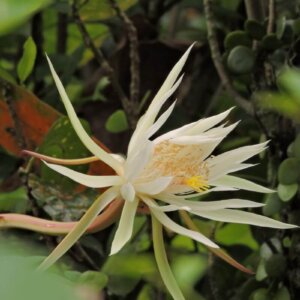
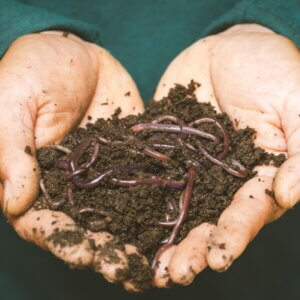









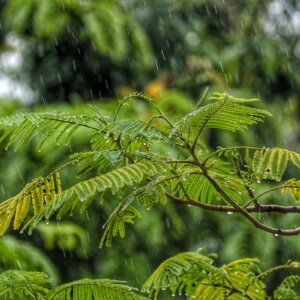



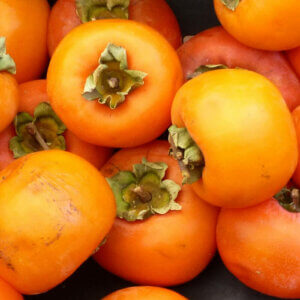

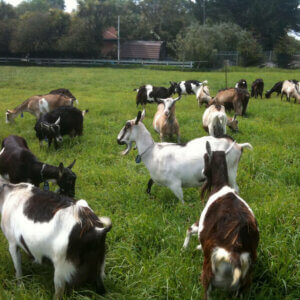
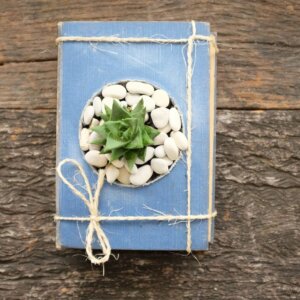

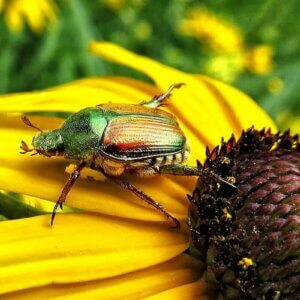



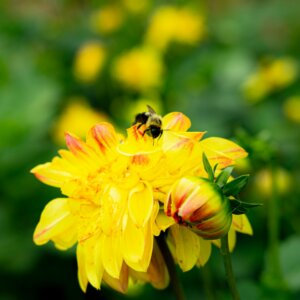
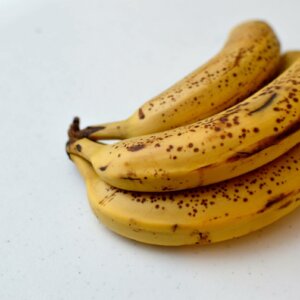





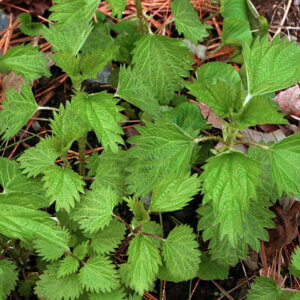

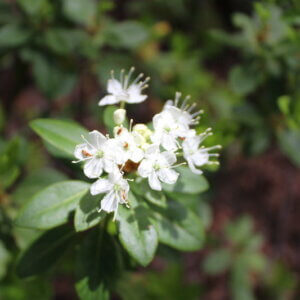


Leave a Reply